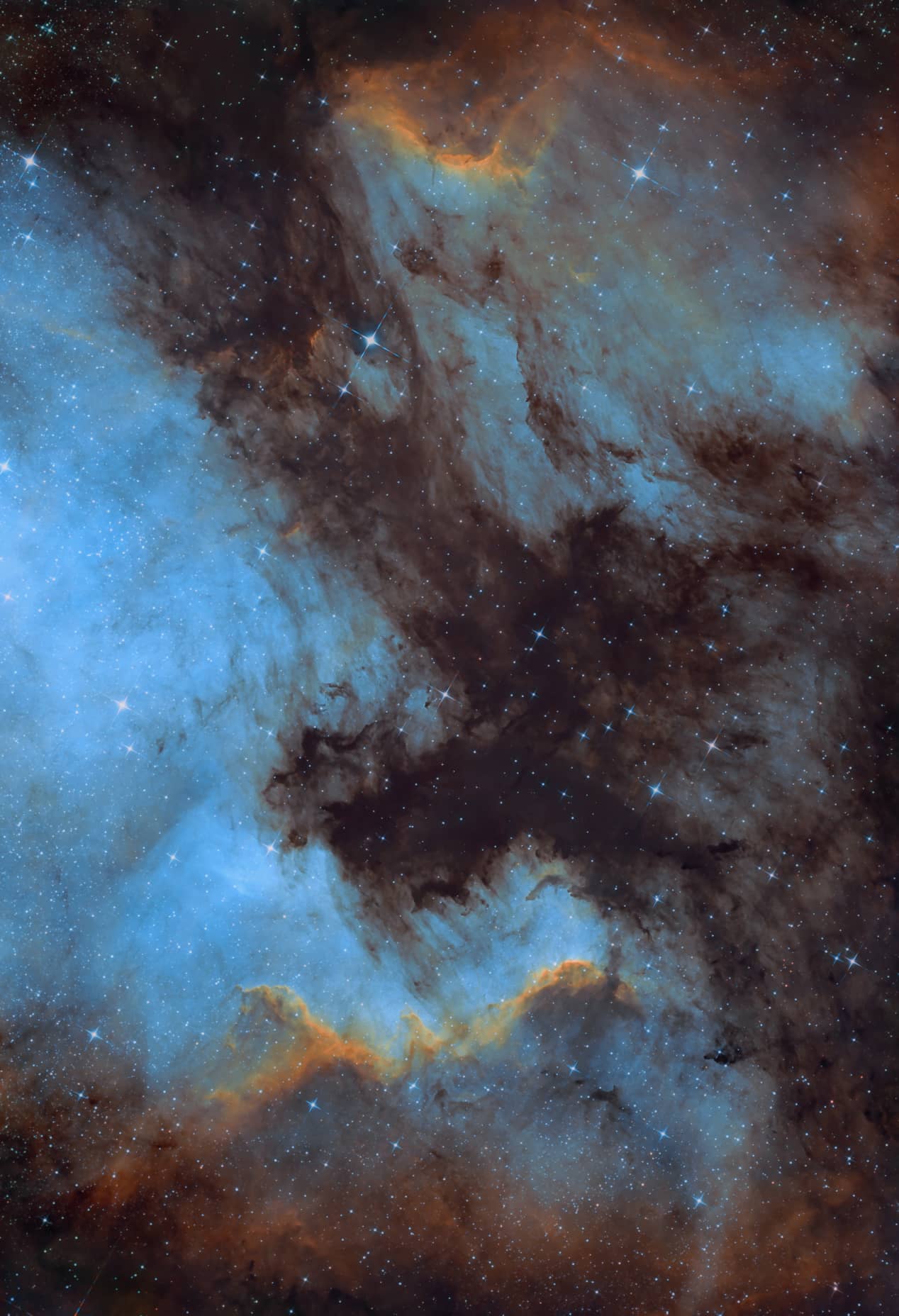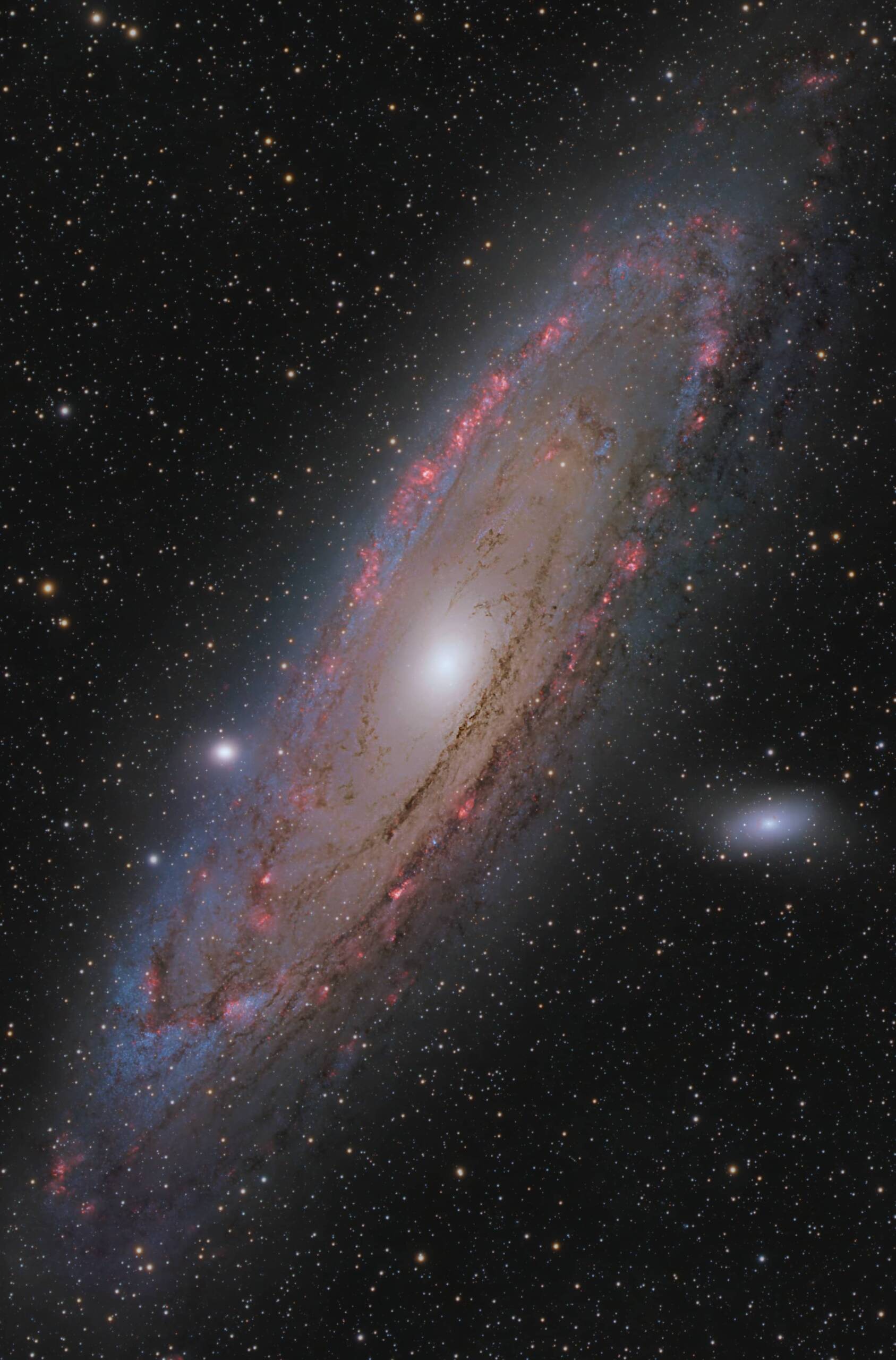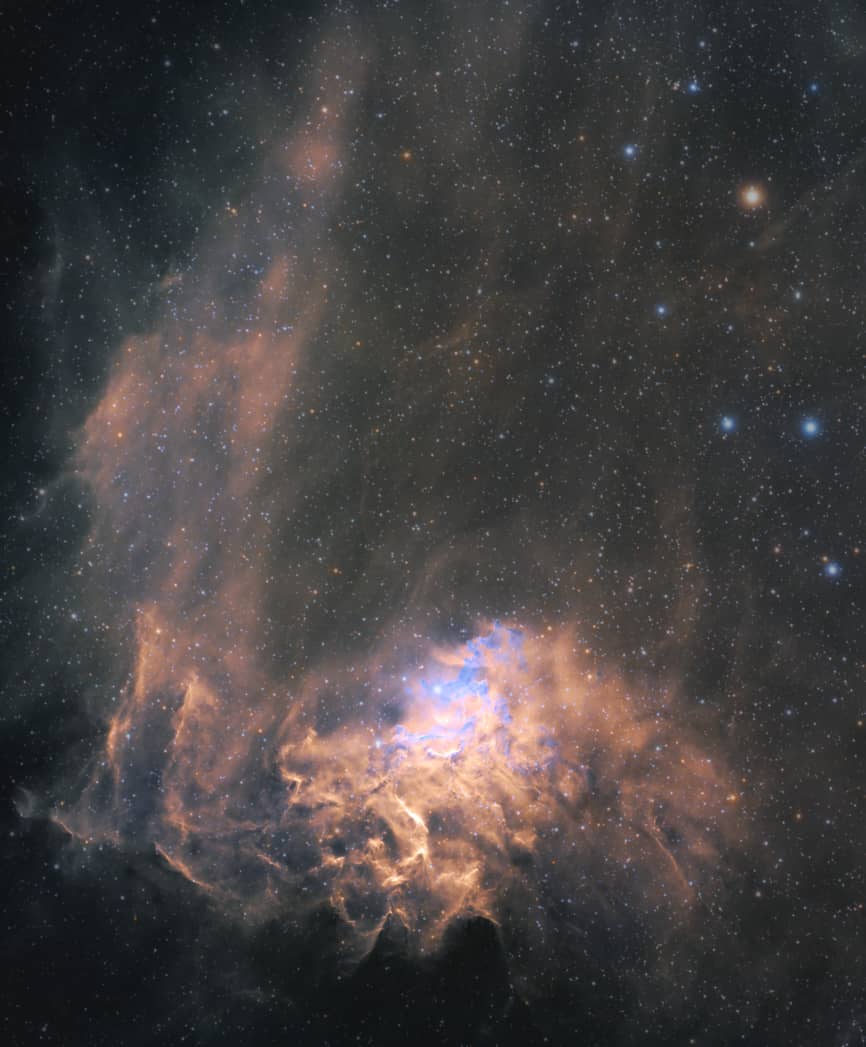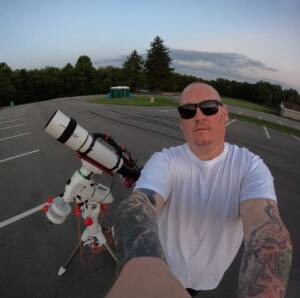
Discovery of the M31 [OIII] emission arc
Recently, a major discovery by an international team of amateur astronomers and scientists has become a huge online hit, and this new discovery is just located in one of the

Hello Juzelle Jardin,thanks for accepting our interview invitation. Congratulations on winning the ASIWEEK competition in week#45/2024!
Hi, my name is Juzelle Jardin. I’m from Miltenberg, a small town in Bavaria, Germany, originally from the Philippines. Besides astrophotography I also love nature, doing landscape and wildlife photography and enjoy travelling with my family.
I’ve started taking images of the night sky since 2018, using my mirrorless camera and a wide-angle lens shooting mainly the milkyway. My fascination towards astrophotography grew after a vacation in Southern Norway in 2019, the landscapes and sceneries are beautiful, but the dark sky in there hits different. I then bought a 135mm lens and a star tracker.

I normally do DSO imaging in my bortle 4 sky backyard. There are LED streetlights near the Main river, approx 1km away but they are mostly covered by many houses, so I can still take broadband targets without using any light pollution filters. I sometimes drive 15-20km away whenever I want to shoot a comet or expect Aurora sightings to get a better foreground and shoot timelapse videos.



The eastern veil nebula, taken using the ASI294mm pro and TS-optics 106/700 triplet refracto


I was actually planning to finish this target using the 294mm pro, I have 22.5hrs of luminance data already that I collected last year with that camera, then came autumn and winter. I never had the chance to finish it in LRGB. Then I bought my first OSC this year. I’ve tested it on Tulip nebula using a Duo filter, and I thought about shooting a broadband target, a dark nebula, without using any filter.
Since mid-July is my favorite time of the year to photograph targets in Cepheus ( Cepheus in summer rises perfectly above my neighbor’s roof at 11pm, dark enough to start imaging), I hit plan mode, pointed my telescope to Barnard 150 for two moonless nights. And the 2600MC pro delivered!
I usually do the image stacking using Astropixel processor then finish the rest of the processing in Photoshop+ RC plugins and Photoscape x.
Here is my simple workflow whether I’m processing a narrowband or broadband target:
My astro image processing workflow/tips.
-this process integrates all your sub exposures to produce a single output with better signal-to-noise ratio.
– calibrating the star colors, light pollution/gradient reduction and overall color balance, exposure, applying noise reduction.

These are my imaging rigs, the ASI294mm pro and the ASI2600MC pro. I used to own ASI183MM pro which is also a fantastic camera. I used the ASI2600MC pro to photograph the Barnard 150.






The harsh reality, Astrophotography is an expensive hobby. Also the image processing, it is very time consuming but.. never boring.
For me, the andromeda galaxy. That newly discovered Oiii structure is on my bucketlist.


Neowise comet. It was special. I still remember the fear of ruining the images every time someone stops by to ask if they can look at the viewfinder.



I would love to go to a star party someday to chat, learn, and share ideas with fellow astrophotography enthusiasts. I’m planning to visit a dark sky reserve in Westhavelland, near west Berlin if the weather and timing is good.

I have two ASI cameras, the 294mm pro and 2600MC pro with two Asiair pros and other ZWO accessories like guide cameras and EFW.
I’m planning to go fully automated soon, adding EAF to my rigs and upgrade my Air pros.

It was back in 2020 when I joined an Astrophotography group and met people online who use ZWO products, (Thanks to Ian Barredo, Sonic Duran and Jeff Samonte). ZWO products, specially the ASI1600mm pro, ASI183mm pro and 294MC pro, are very well-known cameras at that time. So, I bought my first ZWO cooled camera, the 294mm pro and Asiair pro kit.
Just take your time and don’t rush. Don’t be discouraged when things don’t go your way. Astrophotography is a steep learning curve. At least learn the basics of photography. Astrophotography forums are your best guide to start on this hobby. Choose the exact gears that suit to the situation and your needs. A newer camera doesn’t make you a good photographer. Processing skills is more important.
Hide the receipts, don’t show them to your wife 😊
Clear skies!
You can see my works in my Instagram acc. juzelle_jardin
I post my astro images on ZWO astrophotography group in Facebook.

Recently, a major discovery by an international team of amateur astronomers and scientists has become a huge online hit, and this new discovery is just located in one of the

That 11-year-old boy staring at Horsehead Nebula photo would never have imagined… Decades later, he’d be capturing amazing deep-sky images from his Florida backyard! “ It was amazing to see

Hello,Sara Harvey,thanks for accepting our interview invitation. Congratulations on winning the ASIWEEK competition in week! Q1: At first, congratulation that your nice image won #ASIWEEK. Can you introduce yourself to

Astrophotography is more than just capturing images of the night sky—it’s a journey of discovery, patience, and creativity. For this passionate astrophotographer, what started as a chance encounter with a

Taranjot Singh, an Indian origin Australian astrophotographer who is making waves on the international stage. Taranjot has been recognized as one of the Top 5 finalists in the prestigious Siena

The back focal length is advised by telescope manufacturers. Since most telescopes have a 55mm back focal length, we are here to provide detailed instructions for all ASI cooled cameras.Please